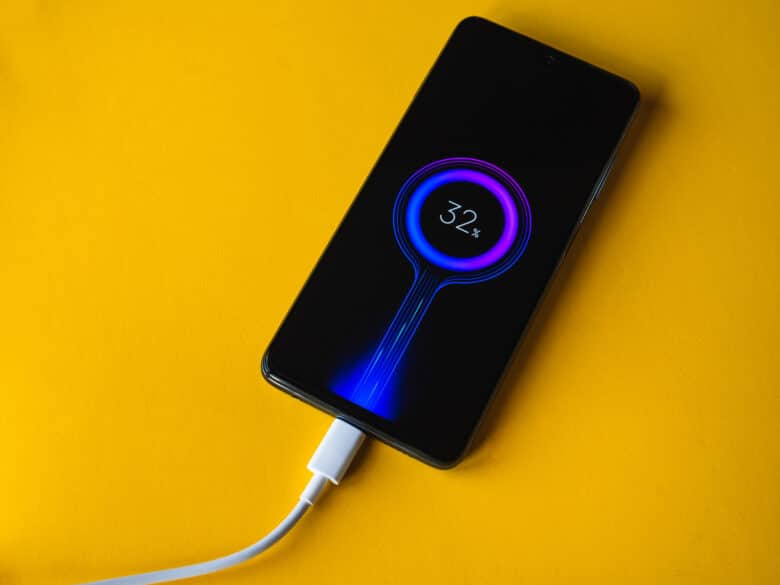
Smartphones do almost everything better than conventional cell phones. But only almost. They have one disadvantage: Battery life. With Android 15, Google may now want to curb this problem somewhat. At least a snippet of the previously published source code of the latest Android version suggests this.
Developer finds code snippet in source code
It won’t be long before owners of Android smartphones with Android 15 can use the latest version of the popular operating system. It is already possible for selected developers to take a look at the corresponding source code. And this apparently reveals exciting new features. Mishaal Rahman from Android Authority has found a brand new feature in the latest developer preview. With “Adaptive Timeout”, the battery life of Android devices is presumably to be extended.
As the name suggests, the smartphone adapts to the user’s behavior. While the screen of Android devices has so far automatically switched off after 30 seconds of inactivity and locked after 35 seconds according to the factory settings, Adaptive Timeout is intended to ensure an immediate lock if the user no longer uses the device. This should not only save the battery. On top of this, the user’s privacy is increased as unauthorized access is made more difficult.
- More news about Android: Google Find My Device launches on Android
Android 15 with longer battery life
Strictly speaking, the new feature appears to be the counterpart of the already available “Screen Attention” feature. However, the whole thing works in reverse here. Both rely on the smartphone’s selfie camera recordings. While Screen Attention keeps the screen switched on when the user is looking at it, Adaptive Timeout deactivates it when the user is not looking at the display.
We will soon find out whether there is any truth to the rumors. However, the discovery already seems to be a clear indication. We will know more when Android 15 is rolled out at the latest. This should take place in the fall of this year. Details in the code probably indicate that the feature will initially be available on the in-house Google Pixel devices. Experience has shown that these are often used as guinea pigs for new functions.




